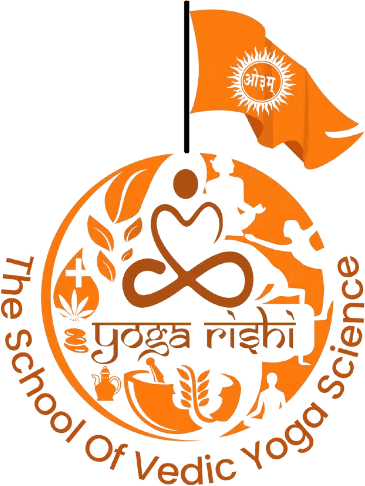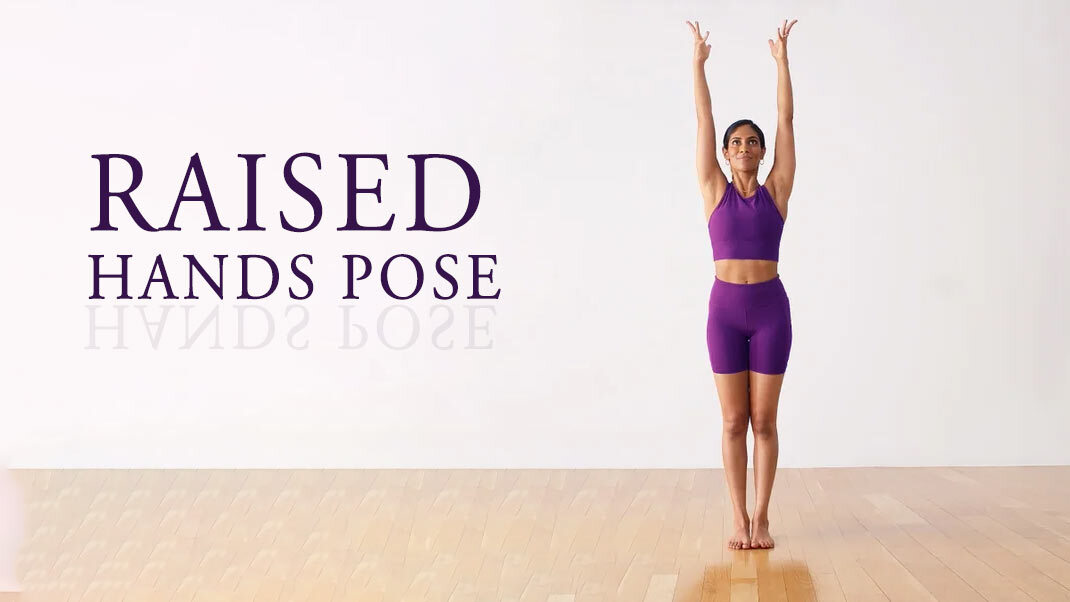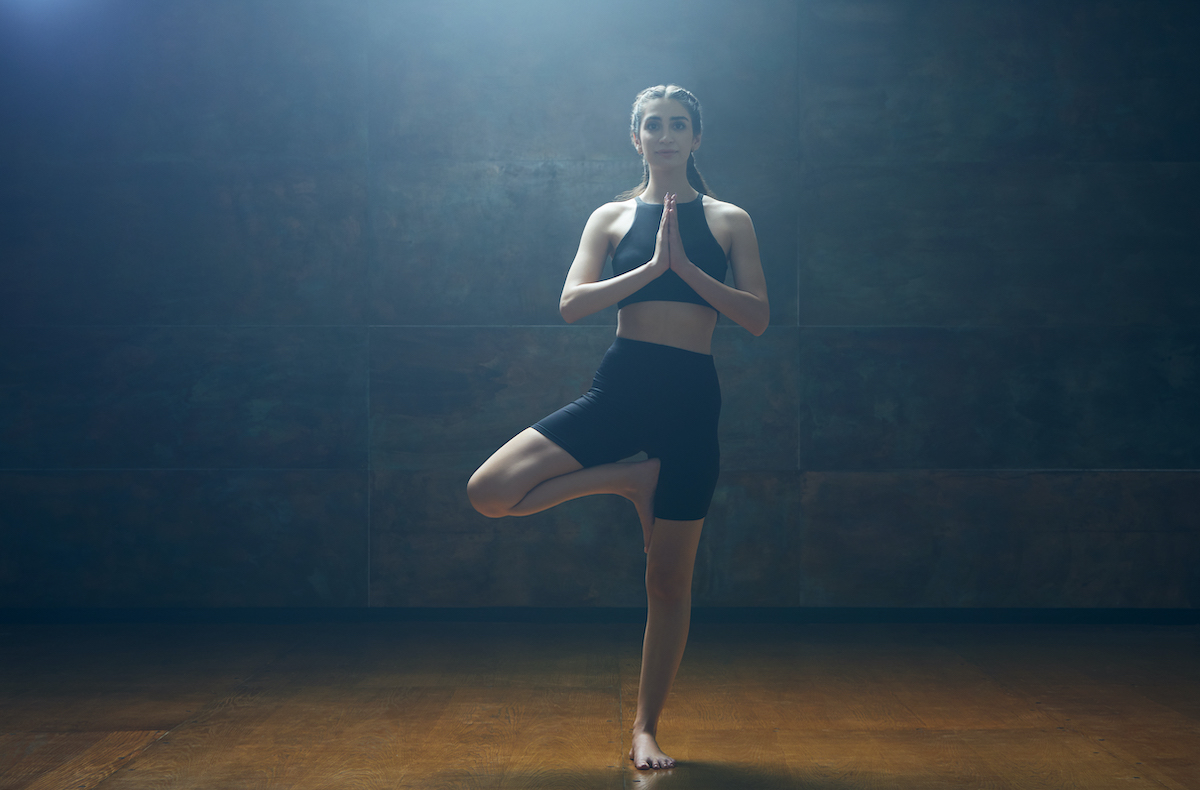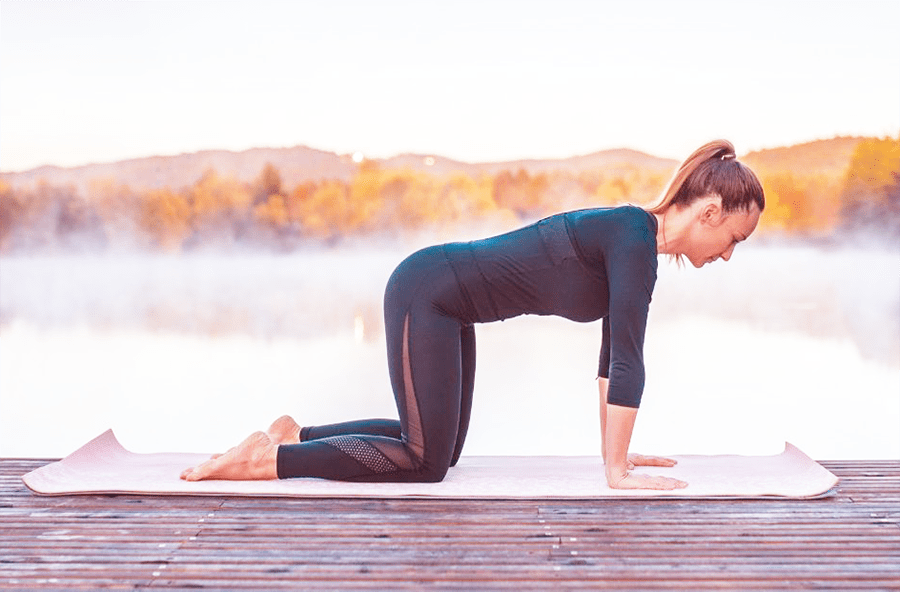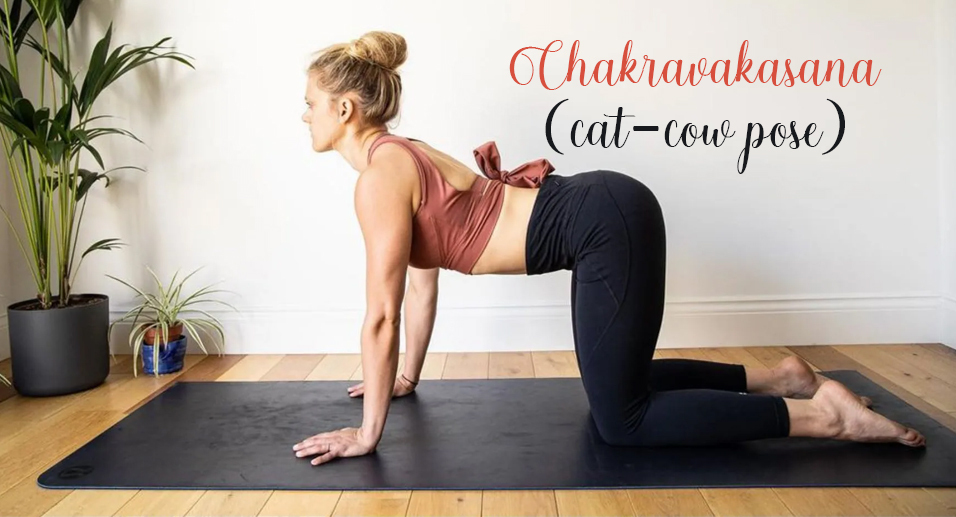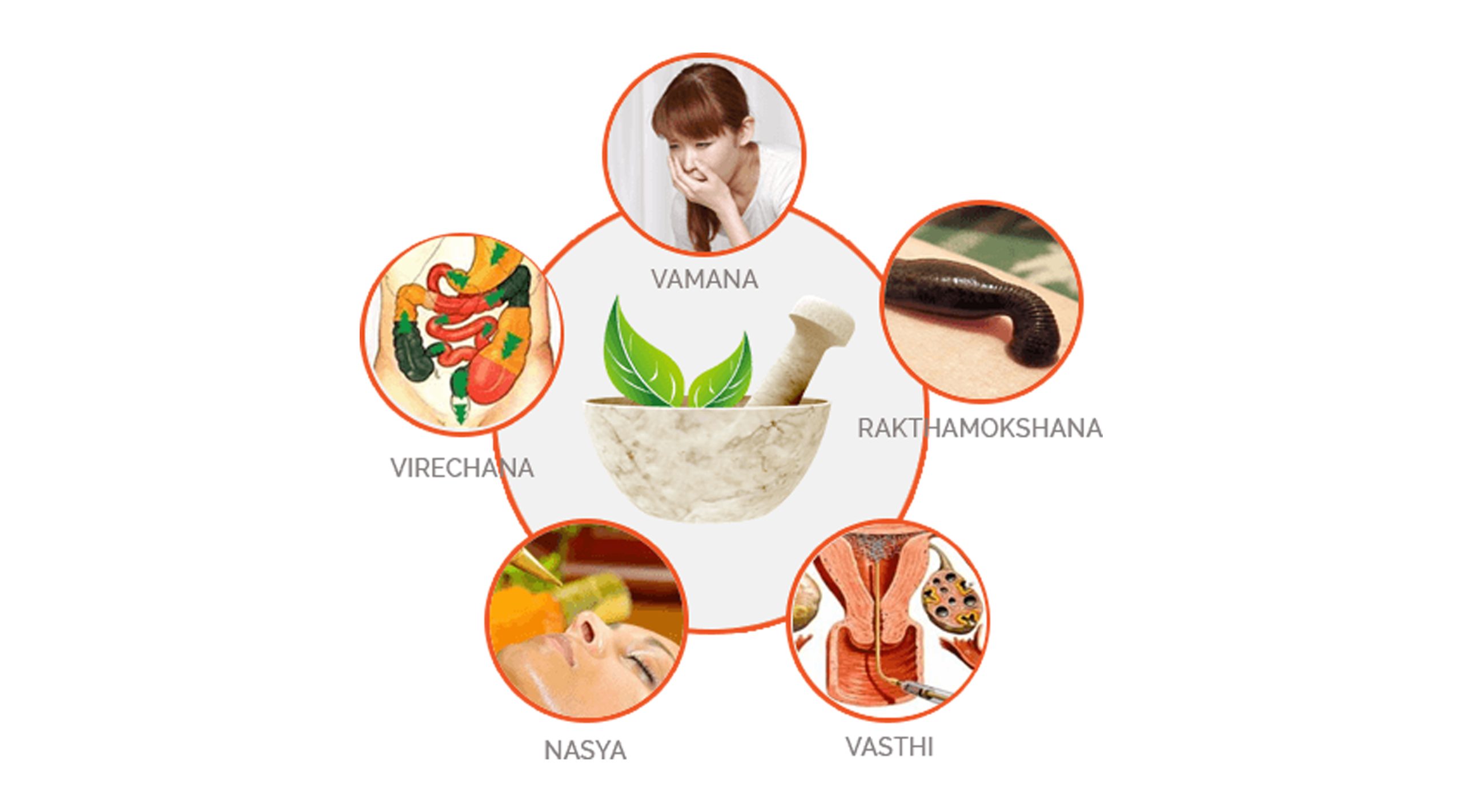
Panchakarma: A Five Step Journey to Gain Optimal Health & Vitality
What is Panchakarma? An Introduction:
The centuries-old Indian medical system referred to as Ayurveda has been using the unmatched curing procedure renowned as Panchakarma for generations. Panchakarma treatment benefits are numerous as the therapy provides an integrated approach to cleansing and rejuvenating since it is based on the idea that genuine health includes a harmonic equilibrium between the all three realms.
The word “Panchakarma” means “five acts” in Sanskrit, and it refers to a set of healing methods used to cleanse and revitalize the human body by removing impurities and abnormalities that have built up through time. The ancient knowledge of the Ayurvedic system serve as its direction. For a number of illnesses, such as chronic discomfort, skin ailments, breathing problems, and digestive issues, it is a secure and efficient remedy.
It is intended to cleanse both the body & mind of impurities, bring each of the three basic bodily energies—the doshas—back into harmony, and advance the overall state of wellness. The particular treatments utilised will differ according on the person’s constitution, and medical situation because it is a complicated and individualised approach. A preparatory period, the major procedures, and a time of recovery, are commonly included in all prescribed ayurvedic panchakarma treatments.
What is Panchakarma Treatment in Ayurveda? The Phases:
All three separate steps of Ayurveda’s complete medicinal procedure, known as panchakarma treatment, are designed to cleanse and rejuvenate the body, mind, & soul. Each stage is essential to reestablishing the person’s constitution’s inherent equilibrium. The Panchakarma stages are:
Purvaakarma (The Preparatory Phase):
In order to prepare for the primary operations, the Purvakarma phase involves cleansing the entire body and psyche. Yoga, medicinal plants, and food are used in tandem to achieve this.
It contains the following two crucial steps:
- Snehana (Oleation): The patient receives certain therapeutic oils or ghee both orally and physically during Snehana. The connective tissues are lubricated during the above procedure, and the poisons are softened and made ready for evacuation.
- Swedana (Sweating): Swedana, which comes after oleation, includes generating perspiration using a variety of techniques, such as steam treatment or heated herbal compresses. Additionally, sweating supports the body’s removal of released poisons.
Throughout this period, what you consume tends to be simple for absorption and lightweight. Additionally, it’s crucial to stay away from items that are rich in oil or spice. The medicinal substances employed in this phase aid in purging the body and psyche. Additionally, they aid in preparing the body for the primary treatments. Yoga has a significant role in this period as well. It aids in circulation improvement and relaxation of the body and mind.
Pradhaanakarma (The Main Purification Phase):
The panchakarma process is at its most intense at this stage. Along with other operations to clean the stomach, intestines, colon, and skin, it covers the five core operations. There are 5 phases in the cleaning process.
Paschaatkarma (The Post Therapy Phase):
This stage aids in the body’s assimilation of the therapeutic effects and avoidance of recurrence. It entails some time to relax, tranquilly, and a light meal.
Additionally, it’s crucial to stay away from dishes that are rich in oil or spice. During it, it’s crucial to unwind and sleep. This aids the body’s ability to mend and come back from the treatment. Additionally, a mild yoga practise proves to be helpful for boosting circulation and re-establishing the body’s natural equilibrium.
A variety of factors including the requirements of the patient, a Panchakarma therapy may last a different amount of time. The majority of treatments, meanwhile, go for 7 to 14 days. However, panchakarma therapy must only be performed under the guidance of a licensed Ayurvedic doctor. It’s crucial to pay close attention to his/her advice.
Panchakarma- The Main Five Action Process:
The primary step, Pradhaanakarma, is the most significant panchakarma treatment stage. The next 5 stages, which are further separated this phase, are described:
- Vamana: (Emesis – Vomiting Induced by Medicines)
To cause vomiting, oral medications are used. This facilitates the removal of poisons from the tissues. As it concentrates on removing too much Kapha dosha from the upper digestive system, it is especially advised for diseases where Kapha predominates.
- Virechana: (Purgation – Evacuation Induced by Medicines)
This procedure is carried out at least three days following Vamana. To cause purgation, or the emptying of the intestines, oral medications are administered. It is advised for diseases where Pitta predominates since its main goal is to remove too much Pitta dosha from the lower part of the gastrointestinal tract.
- Nasya: (Nasal Detoxification)
The nostrils are used to give medicinal oil or a fine powder. This procedure removes and purifies the whole brain area while also curing a number of diseases.
- Basti: (Medicated Enema)
Medicated oil is injected by means of the anus. Given that it concentrates on colon cleaning and regulating vata-related diseases, it is particularly useful for situations where vata dominance exists. It aids in nourishing and lubricating the colon while easing the removal of bodily waste and poisons that have collected there.
- Raktamokshana: (Bloodletting)
Using various techniques including leeching and needle pricking, unclean blood is removed. It purifies the blood throughout the body or in a particular location. It is helpful for a number of skin conditions, including psoriasis, eczema, pigmentation. Additionally, it helps the organs perform better and the blood movement.
Benefits of Panchakarma:
Panchakarma treatment benefits add to a person’s general health.
- It is well known for having strong cleansing properties. By removing built-up toxins from the body, the numerous cleaning techniques assist to detoxify the tissues and organs of the body
- In order to promote maximum health and avoid the emergence of illnesses brought on by doshic disruptions, it is important to look into doshic inequalities in order to re-establish the individual’s unique fundamental body balance.
- By removing obstructions in the digestive tract, enhancing metabolic processes, and controlling the release of digestive fluids, it aids the health of the digestive system.
- It improves nutrition assimilation and shields against digestive problems.
- The body’s defense system is strengthened, enabling the body more resistant to infections and sicknesses.
- It encourages relaxation of the mind as well as physical wellness. The therapies assist in lowering feelings of anxiety, stress, and emotional disturbances when used in conjunction with methods of mindfulness.
- By treating the underlying causes of obesity-related problems, it can help with weight control. It aids in reducing extra body fat, enhancing digestion, and resetting the human body’s metabolism, all of which contribute to sustaining an appropriate weight.
- Medicated oils and herbal remedies are used because they are good for the skin. They can support a youthful appearance, enhance complexion, and aid to relieve skin issues.
- It revitalizes the body at its most basic level, resulting in an improvement in vigour and stamina. People experience more energized and excited in everyday activities as a result of this.
- It frequently results in improved sleeping patterns and higher-quality slumber because it lowers stress.
- Its revitalizing qualities are said to delay the ageing process by encouraging healthy cell regrowth, raising general vigour, and boosting circulation.
Conclusion:
Although there are many ailments for which ayurvedic panchakarma treatment provides a reliable and secure treatment, it is crucial to remember that this method is not a miraculous treatment. Panchakarma therapy is not a treatment for any specific disease, but it can assist a person’s general health and wellness. A skilled Ayurvedic physician should be consulted if you are thinking about this type of treatment in order to ascertain whether it is appropriate for you.

